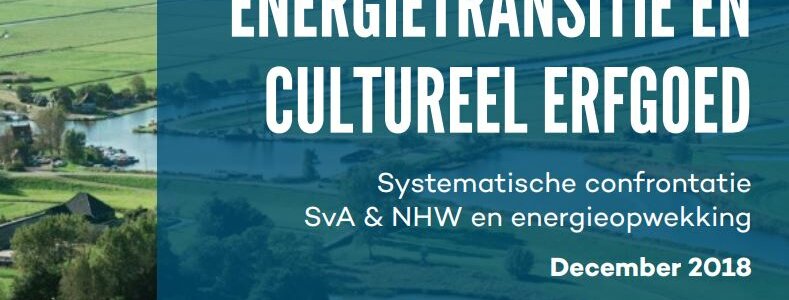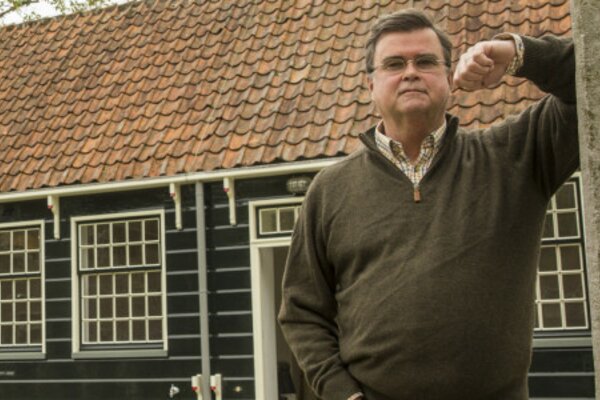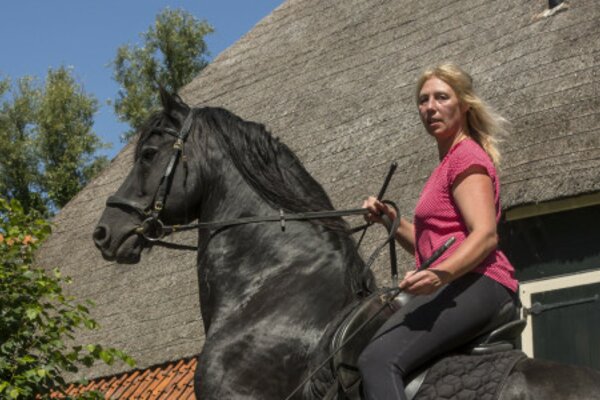
Coen and Sander from Ilpendam: "Our monument can hardly become more sustainable than it is now"
Coen and Sander made their new home more sustainable. We visited them! "Our monument can hardly become more sustainable than it is nows".
Choose your municipality
There are several municipalities connected with The Green Menu, check whether your municipality is participating or choose for the national page.
Choose you menu card
There are several different menu cards. Choose a buildingtype down below and instantly start with the sustainable options!

Commissioned by the Stelling van Amsterdam Program Office and the Line Team Hollandse Waterlinie, Posad, Land-ID and Generation Energy have conducted a study into the energy transition of the cultural heritage, looking at the core qualities of the Defense Line of Amsterdam (SvA) and the New Dutch Water Line ( NHW) with energy generation. The report provides insight into the impact and suitability of various forms of renewable energy and provides a waterline-wide, practical guide to quality assessment, identifying not only the limitations, but also the development opportunities. This report is a policy-neutral advice for all parties who work in or make decisions about the water lines.
The desire and necessity for the Netherlands to make its energy supply more sustainable has an impact on the layout of the Netherlands. Where in fossil sources the generation of electricity and heat is bundled in a few large power stations, the generation of sustainable energy from much rarer sources requires larger surfaces. Open space in the Netherlands is scarce and the pressure on space - which has always been an important issue in the Dutch delta - is increasing. Often the space is already being used for several purposes or functions at the same time, for example the combination of nature conservation and recreation. With the growth in the number of inhabitants and the associated economy and infrastructure, as well as new social challenges such as the energy transition, climate adaptation and the circular economy, the open landscape is being viewed from a new perspective. Difficult choices will have to be made, also in the rare and cherished landscape. Our natural areas and in particular the cultural-historical protected or valued landscapes deserve special attention. Many of these cultural landscapes had and have direct relationships with the production process of agriculture, fuels or, in the case of the DPA and NHW, military purposes. The energy transition is providing in fact a new type of production landscape, for which we as a society have to find and design appropriate solutions.

Coen and Sander made their new home more sustainable. We visited them! "Our monument can hardly become more sustainable than it is nows".

Short introduction
We are Wim van den Essenburg, young pensionado and Janneke Rijpstra, communication manager. We have one daughter who lives with us, she is studying Social Sciences and a son who works for Google and lives in Dublin.

Short introduction
My name is Katja Schuitema. Since 2015, I have been living in a unique farmhouse in Beets with my partner and two children. We live there in the part that used to be a shed for the cattle and that was inhabited by the workers ....